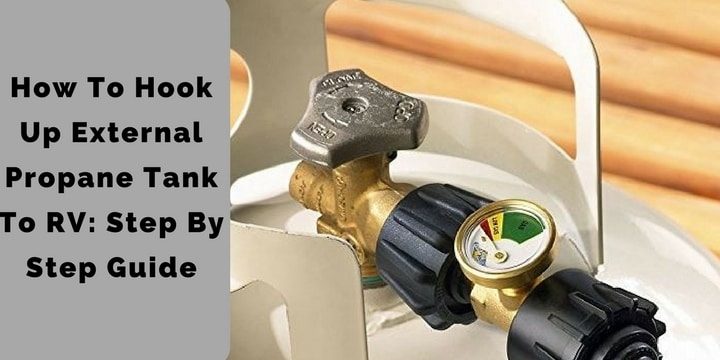How to Repair Fiberglass on Travel Trailer?
It is possible to repair the fiberglass on your travel trailer. You can either do it by yourself or seek professional services in case of a major repair.
A below-standard repair can cause more issues, and hence it should be carried out with utmost care and keenness to ensure the work is perfect. Before repairing work begins, you need to have the following items, some for your safety and others as requirements during the repair.
- Hand gloves
- Eyeglasses
- Dust mask
- Fiberglas resin
- Repair kit
- Fiberglass fabric
- Drilling machine
- Body filler and other essential requirements are necessary for the repair.
Steps to follow during repair
Before you can commence the repair, analyze the extent of the damage to determine how you will handle the repair.
Video Overview: How to repair fiberglass in your rv
Sanding the crack/hole
Start by sanding the damaged part using sandpaper or grinder. Do it gently to avoid causing more damage to the glass. The essence of sanding is to smoothen the damaged surface and make it clean to proceed with the repair. It also helps the mat and resin to hold firmly, or else you will keep repeating the process if the edges are not smooth enough.
Video Overview: How to repair a hole in a fiberglass RV
Applying resin
In this step, you apply resin on the cracks in a reasonable quantity enough to hold the mat. Using a paintbrush, spread it evenly to the surface as much as possible till you are satisfied that it can hold the mat. Depending on the extent of the damage, you can decide to mix the resin with additional adhesive for a more successful result.
Fill the damaged area with a fiberglass mat.
In this step, you stick the fiberglass mat on the resin, making sure to feel the surface that has been damaged. Use several pieces to ensure that the whole space is filled. You can also apply resin on the mat before sticking it on the damaged surface to make sure it sticks well.
You may also like:45 RV Accessory Must-Haves for Your Travel Trailer<<
Let the mat dry
Ensure it dries thoroughly for effective results. Avoid exposing the repaired surface to the wind since dust may stick on the drying surface causing unwanted bubbles making the surface appear rough and poorly done.
Sanding the dried mat and resin mixture
Once the surface is completely dry, it is important to send it again to ensure that the surface remains smooth and flat. Clear excess mat using sandpaper or grinder and make the surface smooth and clean. Inspect the fixed area properly to make sure it is well done and no holes or bubbles left.
Apply body filler
Cover the whole area with body filler to fill any remaining holes, if any, and small cracks that might have been missed or left undone. Using a thin metal plate, apply it evenly on both sides till it is perfectly done and allow it to dry.
Video Overview: CHEAP RV Fiberglass Delamination Repair Video
Sanding the surface with the filler
Once the body filler dries up, use sandpaper to make the surface smooth again. Do it repeatedly until you are satisfied that the excess filler is removed and the surface is smooth as required. After sanding, you can apply tapes on the adjacent surface to ensure that it is not affected when applying paint.
You may also like: 10 Best RV Wax for Fiberglass RVs <<
Apply primer
This is the first coat of paint applied to the repaired surface. Apply evenly to the affected area multiple times until you achieve desired results.
Final paint
This is the last layer of paint that ensures your repaired surface is back to the original state it was in before the damage occurred. Choose a color that matches the original color there before and make sure it is uniform for the work to look presentable. A good painting will determine how the final work will appear, and the last thing you want is to do an unpresentable job.
Once you follow all these steps, your travel trailer will be up and ready for the next job.
> You may also like: How to paint the exterior of an RV or Camper<<



